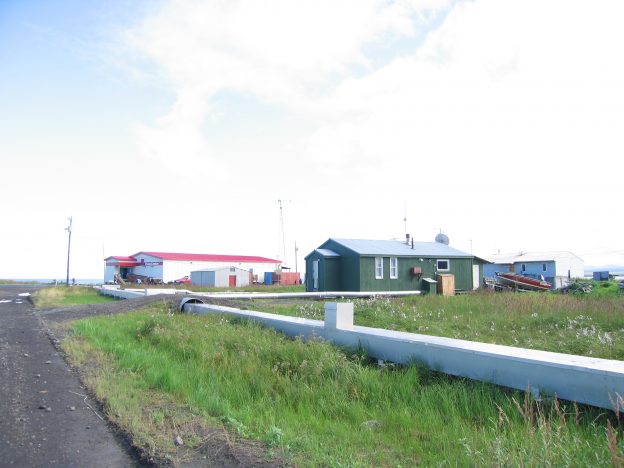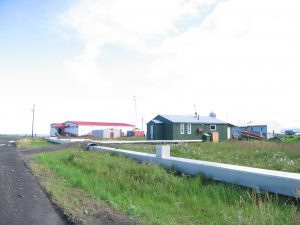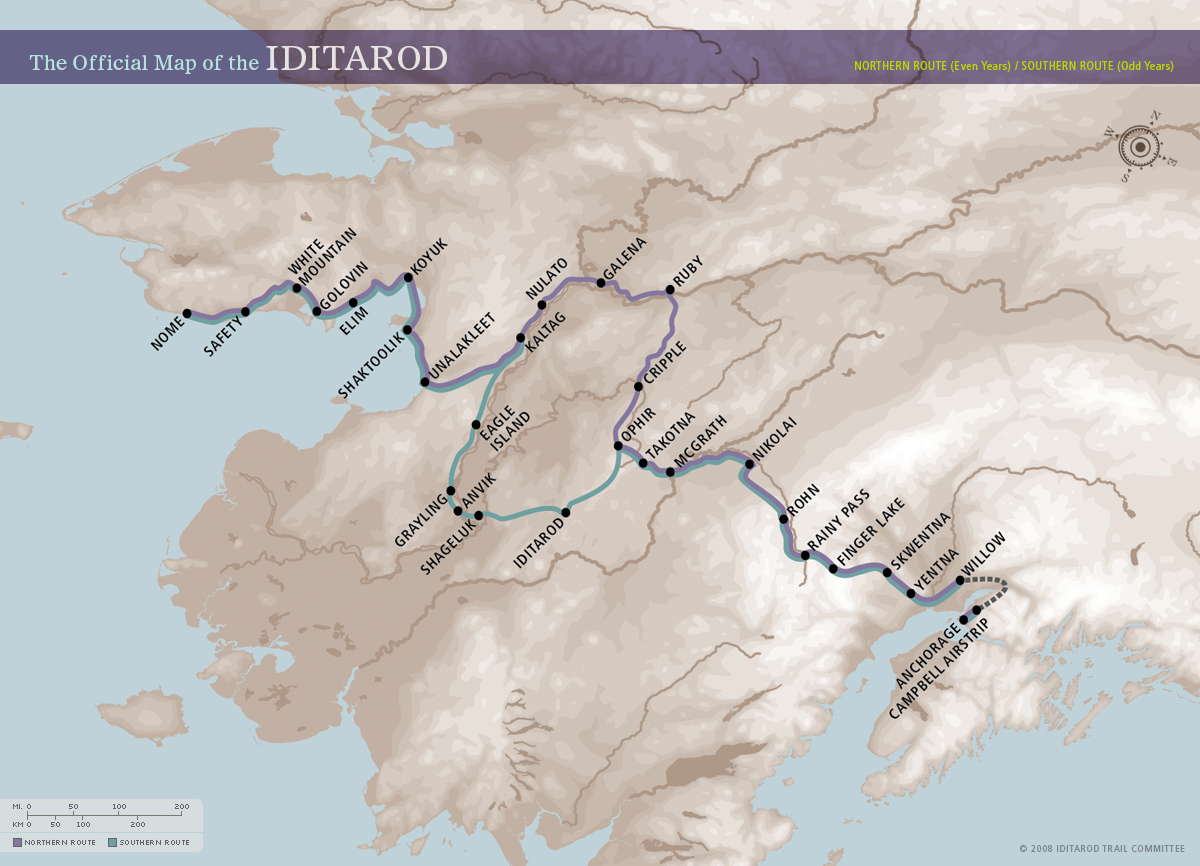– One source I think is particularly valuable is the variety of Alaska Native place name atlases/dictionaries that are out there. Many exist, from those that list names in several languages to those that focus on a single region’s language. This is of particular importance to geographers because of what information is included within the Indigenous names of objects, places, geologic formations, rivers and other physical attributes of the land. Sometimes, from a name, you can tell whether the object in question faces the north or south, what it is known for, etc: for example, Aniak is a Yup’ik name that means “the place where it comes out”, referring to the Aniak river.
Place Names List: https://www.uaf.edu/anla/collections/map/names/
Dictionaries: https://www.uaf.edu/anla/collections/dictionaries/
AK Native Place Names Project: http://akplacenames.org/
– The Alaska Public Lands Visitor’s Center information page is full of information about Alaska’s lands, from maps to trail information to photos. One of the important things on this website is that it lists which agency administers which lands: AK Dept. of Fish and Game, Federal Fish & Game, State Parks Administation, National Parks Administration, BLM, etc. This allows insight into how various types of lands and their resoures are controlled or protected today, and whether/how access is permitted.
The Alaska Public Lands Visitor’s Center : https://www.alaskacenters.gov/
– Lovingly known by the Arctic Studies department as “S-DAWG”, the Arctic Council’s Sustainable Development Working Group was formed with a focus on…wait for it…sustainable development in the Arctic (usually defined by the Council as 50ºN or above, so as not to exclude places like Anchorage from the Arctic club). On the SDWG website is a list of their goals, actions and current projects, all of which are invaluable to those concerned with maintaining a way of life for those in the north. Under the “what we do” tab is a list of their current projects, most of which are undertaken in collaboration with Indigenous communities, and focusing on their needs in particular.
SDWG: https://sdwg.org/
Projects: https://sdwg.org/what-we-do/projects/
– Because weather is an important component of climate change, databases that retain historic and modern weather data are vital. Using historical records of weather, we can see the degree of change over time, and thus the severity of some aspects of climate change. We can also see how weather relates to localized natural disasters (such as volcanic eruptions and coastal erosion) as well as widespread meteorological changes and shifts in patterns.
NWS Alaska: https://www.weather.gov/arh/
Alaska Climate Research Center: http://climate.gi.alaska.edu/acis_data



